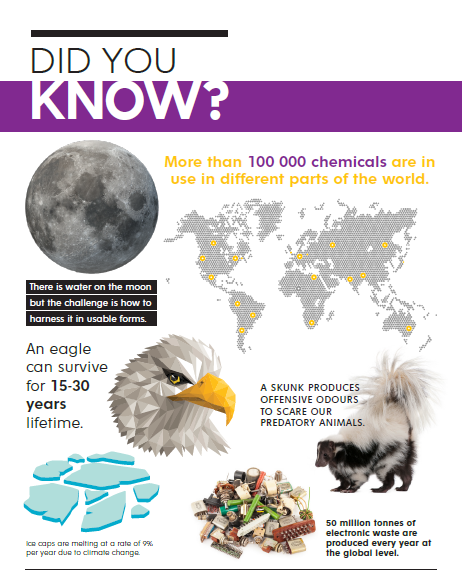Increased frequency and intensity of storms and cyclones, melting of glaciers, heatwaves, desertification, droughts, hurricanes, wild and bush fires have become a norm to the day to day living of humanity in the world today. Most of these rather natural events have been devastating threatening survival and development. Their increase in occurrence have come as a result of increase in temperatures that are being experienced in the world as a result of climate change exacerbated by human activities.
An ongoing study is being done by NASA’s Goddard Institute for Space Studies (GISS) and it has been noted that an increase in temperature of 1.1oC has been experienced since 1880. Only this 1oC has resulted in such devastating effects where lives have been lost, animals have perished, infrastructure destroyed forcing the world to remodel its way of think, living and planning. What more damage can a further increase in the temperatures cause? Can the world afford it? As it seems there are some parts of the world that are still struggling from effects of climate related disasters that have occurred 2 or 3 years back. Phenomenon such as these, take a day or 2 to destroy years of development and it will also take years to rebuild that is if the efforts are not undermined by another disaster. Looking deeply into this one then really wonders, ‘Can the world afford a further increase in temperatures? If not, what should be done?’ Resilience, mitigation and adaptation have become the talk of town. Time is being spent and funds are being channelled to work towards the fight against climate change. Will the world succeed? Global warming is a natural process, that is the increase in temperatures was bound to happen. However, man has played a significant role in speeding up the process and now can the same man afford to slow down for the sake of saving the world and humanity.
It has been envisaged by different researchers through climate model simulations that an increase in temperature by 1.1oC to 5.4oC will be experienced by 2100. Following these predictions, the world has come together as a Conference of Parties (COP) under the United Nations Convention on Climate Change (UNFCCC) to work towards reducing global temperature increases. The goal has been set under the Paris Agreement to reduce global warming to below 2oC and continue pursuing efforts to reduce the temperature increase to 1.5oC. This comes after Heads of States, business people and the general public have seen how devastating the effects of high temperature can be.
The US National Oceanic and Atmospheric Administration (NOAA) reported that 20 major climate disasters were experienced in 2021. These costed US$145 billion in damage and claimed approximately 688 lives. Economic costs of up to US$274 million and US$3 billion were experienced in Zimbabwe and Mozambique respectively, from Cyclone Idai that hit the countries in 2019. 1,297 lives were lost and more than 3 million people were directly affected and were left in need of assistance. To date the physical, economic, social, and psychological effects are still being felt in the areas that were hardest hit. Heatwaves are constantly being experienced in India, Pakistan and South-East Asia leading to death from heat strokes and heat related illness. Bushfires are also making headlines in Australia threatening lives, destroying forests, infrastructure and wildlife population especially koalas.
The world has changed and it is changing, it will continue to change if robust action is not taken. Temperatures will continue to rise and this will affect disease patterns. Temperature sensitive diseases such as malaria will increase, sea levels will rise by 1 to 8 feet by the year 2100. Hurricanes will become stronger, an increase in droughts and heatwaves will be experienced as well as changes in precipitation patterns. Desertification and changes from arid to non-arid land will be experienced, food security will be threatened, poverty will increase and inequality experienced.
In conclusion, increase in temperatures makes life unbearable. It affects the ecosystems and biodiversity and significantly threatens life. The world feeds off of its natural resources for all that it does be it in agriculture, mining, manufacturing, and service provision. If the natural system is affected or crippled then the earth will not be able to support human life leading to increase in disease ailments and death.



